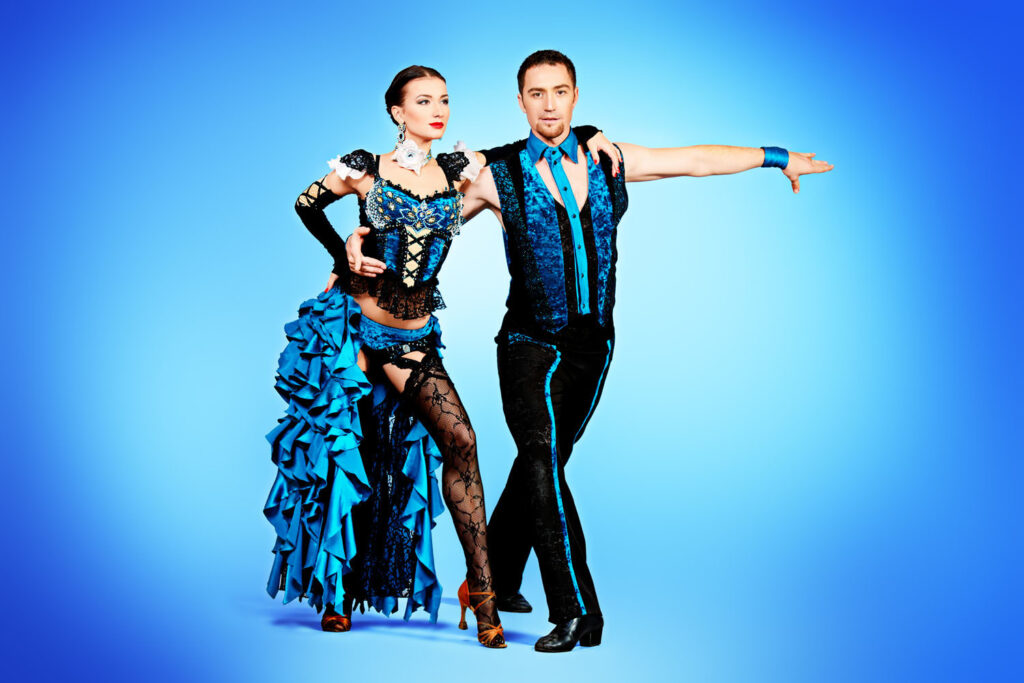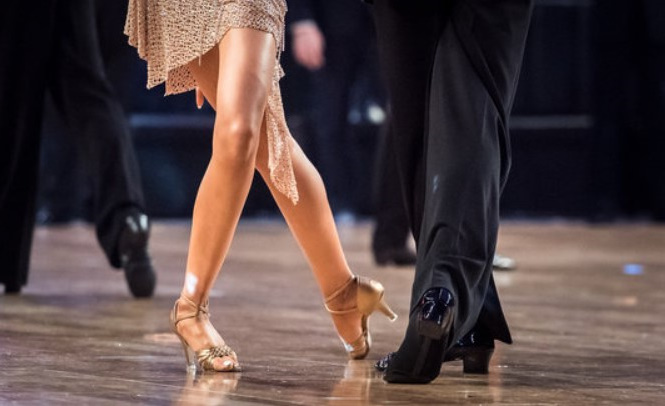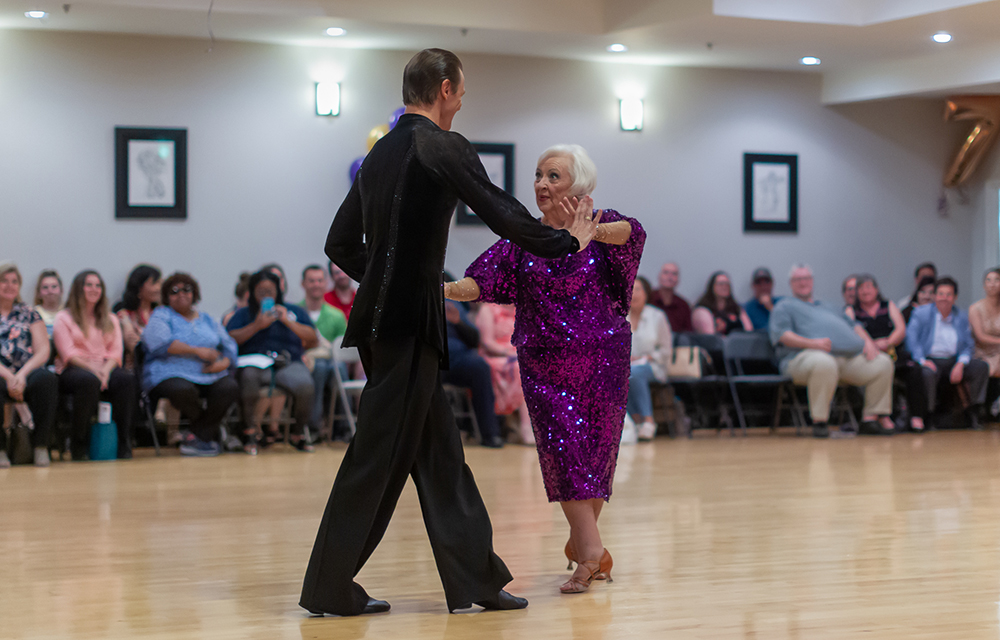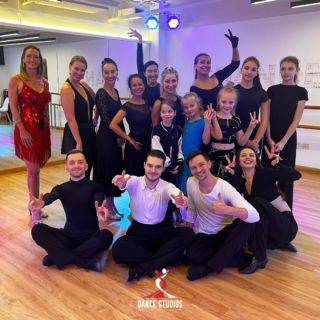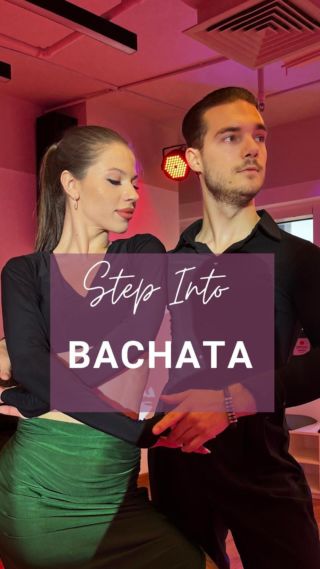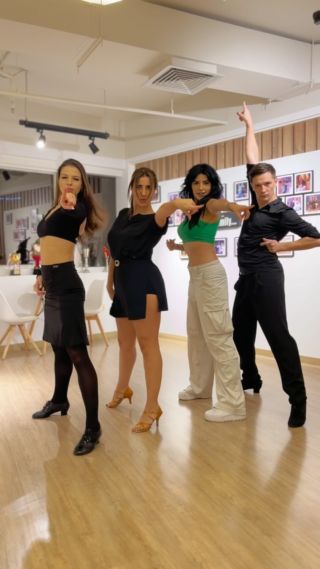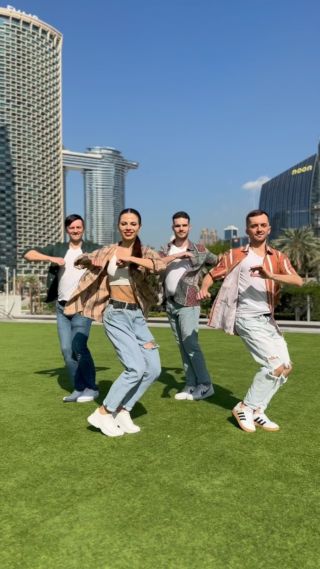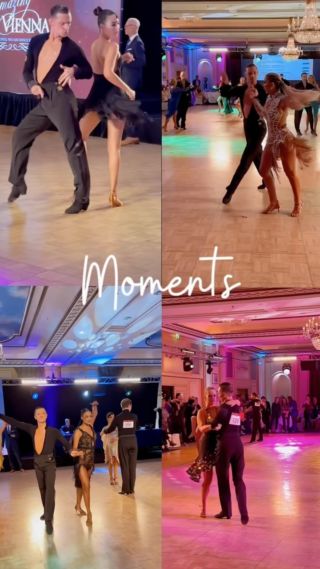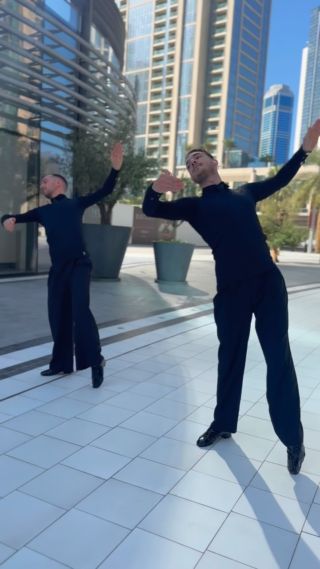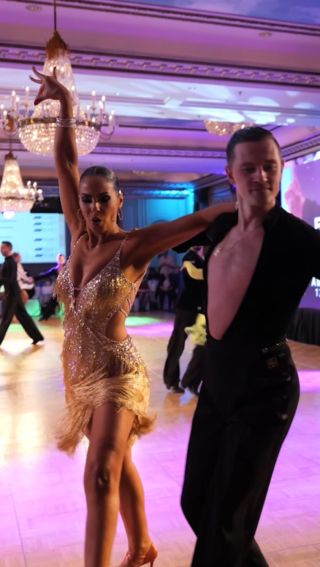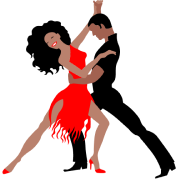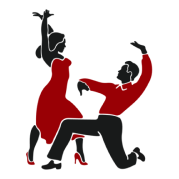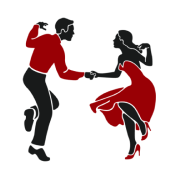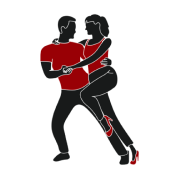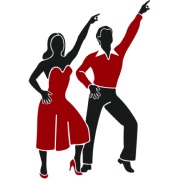The History & Evolution of Ballroom Attire and Costumes
If you have gone through the history of different ballroom dance styles, then you will know that with the changing times, the dancing styles have evolved. The evolutions and changes came as the need of the hour and as adjustments to various social protest and suppression dance styles have sustained.
Similarly, costumes and attire worn in different ballroom dance styles have changed and evolved through the ages. In the world of ballroom dancing, costumes and dresses are very important aspects. In competitive dancing, your costume is one of the things that will be considered and may even contribute to your winning the competition. So if you have just begun dancing, learning the history of attire worn in ballroom dancing is equally crucial. In this blog, one of the best dance studios in Dubai will take you through the history and evolution of costumes and attire worn in ballrooms. So dive into this article without any delay.
Also, read our blog on The Elegant History of Ballroom Dancing.
The 16th to 18th Century
The 16th to 18th centuries are regarded as the birth period of formal dance. Also known as the Renaissance, ballroom dancing first appeared in European courts during this period. Ballroom dancers’ dresses during this time were greatly influenced by the lavish styles of the day. In addition to long coats, breeches, waistcoats, and stockings, men wore suits. Corsets, big, structured skirts, and ornate hairstyles were common among women. These costumes and attire worn by men and women of the period were frequently made from expensive fabrics like silk and satin and embellished with lace, embroidery, and gems. As dance in this era was only common in the upper section of society, you will find many options for lavish dance attire from this era.
Salsa was one of the first ballroom dances that evolved during this period. If you are eager to learn salsa and thinking of joining salsa dance lessons in Dubai, knowing this history will help you get familiarized with salsa. You can also read our blog on the history of salsa. The blog will further take you through the history of salsa dancing.
The 19th Century
Around the 19th century, waltz and romantic dancing started evolving. As the dance steps and dance style evolved, so did the costumes and attire worn during their performance. The costumes worn by both men and women during this period saw considerable alterations. Women’s dresses became less structured as the waltz and other romantic dances gained popularity. Since the waltz and similar dances require more elaborate moves, the costumes worn during them should allow for more flexibility in movement. Women’s dresses during that time emphasized a natural waistline, and corsets were less restrictive. Men’s clothing evolved as well, with shorter coats and pants that made room for more mobility and made performing steps simpler. During this period, hand fans and gloves became common accessories for women. If you want to create a look belonging to this period, then you can get in touch with the best dance classes in Dubai, such as Dance Studios Dubai. the instructors here can guide you with proper details.
Also, read our blog on 5 Things That Dancing Can Teach You in Life.
The Early 20th Century
The early 20th century was a period when drastic changes occurred in ballroom costumes, especially for women. When you join ballroom dance classes in Dubai, you may find some resemblance to costumes from this phase being used by some highly experienced dancers.
The period also called the Roaring Twenties, underwent a significant change in ballroom costumes and attire with the rise of jazz music and social dances like the Charleston. Shorter and less formal women’s gowns with lowered waists and fringed accents became more popular. Tuxedos and bowties allowed men to adopt a more laid-back look. Dance shoes during this period were developed to provide better flexibility and comfort for dancing rather than just focusing on the aesthetics of the shoes.
Do read our blog on how to stay injury-free while dancing.
Mid-20th Century
If you have been following ballroom dancing through the ages, then you would know that the mid-20th century is regarded as the golden era for ballroom dancing. The mid-20th century saw the peak of ballroom dancing’s popularity, and because of this era, we can see many classes and studios offering ballroom dance lessons in Dubai and almost all major cities across the world.
Iconic dances like the foxtrot, tango, and cha-cha became prominent and spread through Europe, Asia, and other regions around this time. Ballroom costumes during this era were characterized by elegance and sophistication. Men wore tailored suits with dinner jackets, while women wore glamorous, full-skirted gowns with gloves and heeled dance shoes. Hair was often styled in elaborate updos.
Late 20th Century
In the latter half of the 20th century, ballroom costumes started reflecting the influence of Latin and hip-hop dance styles. Dresses for Latin dances like the rumba and samba featured shorter hemlines and more vibrant colors. Also, the rise of competitive ballroom dancing led to the introduction of dance sportswear, including leotards and tights for practice. These costumes are still worn today by dancers and performers during their salsa dance classes in Dubai and during their different performances as well.
Modern Day Costumes
Today, ballroom attire continues to evolve, reflecting a blend of tradition and contemporary fashion. While the classic elegance of ball gowns and tailored suits remains a staple, dancers are increasingly including modern elements in their costumes. This fusion allows for greater creativity and individual expression in both social and competitive ballroom dance. The fusion of costumes and dresses allows dancers to stay flexible and cool during their performances and perform well.

